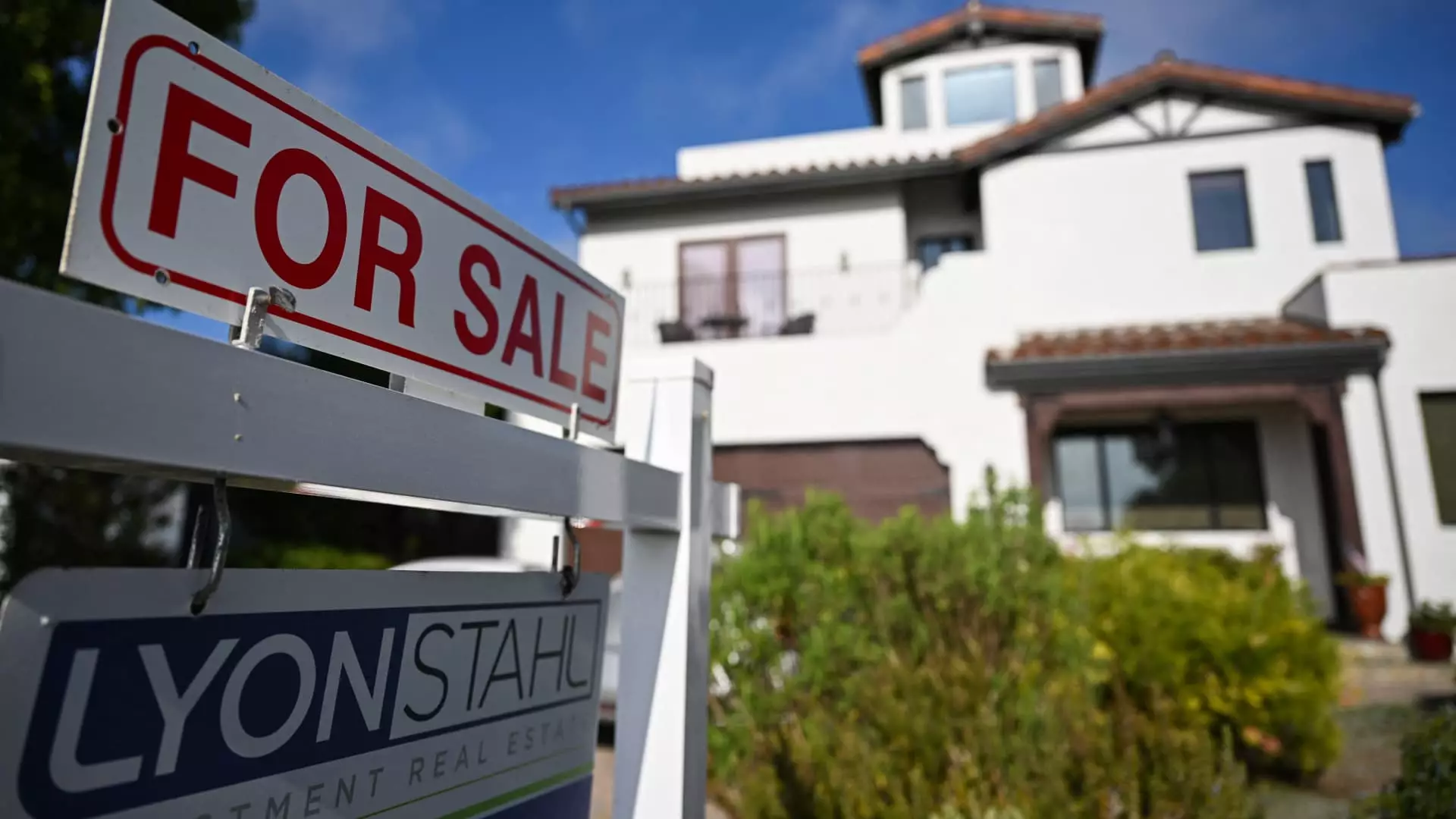The real estate market is experiencing a shift as the supply of homes for sale is steadily increasing. Data from Realtor.com shows that active listings in August were up 36% compared to the previous year, marking the 10th consecutive month of annual growth. Despite this surge in supply, inventory remains 26% lower than pre-pandemic levels in August 2019. This rise in inventory is causing sellers to pull back, with fewer new listings (-1%) compared to the previous year.
As homes sit on the market for longer periods, price cuts are becoming more common, and asking prices are moderating. This slowdown in the market is reflected in the increase in the number of days a typical home spends on the market. In August, the average number of days on the market was 53, an increase of seven days from the previous year. Realtor.com’s senior economist, Ralph McLaughlin, notes that for every 5.5% increase in the year-over-year number of active listings, the market slows by one day. This trend is contributing to some markets seeing up to 15-20 more days on the market than the previous year.
While supply is increasing across most cities, some are experiencing significant gains in inventory. Cities like Tampa, Florida, have seen inventory rise by over 90% compared to the previous year. Other cities with notable increases include San Diego (80%), Miami (72%), Seattle (69%), and Denver (67%). On a regional level, active listings rose by 46% in the South, 35.7% in the West, 23.8% in the Midwest, and 15.1% in the Northeast.
Despite lower mortgage rates resulting from the anticipated Fed rate cut, applications for loans to buy a home are down by about 4% compared to the previous year. This suggests that both buyers and sellers are adopting a wait-and-see approach, anticipating further declines in mortgage rates. The market dynamics are shifting, with more supply leading to longer selling times and ultimately translating into lower prices. In August, the share of homes with price reductions increased to 19%, up 3 percentage points from the previous year, while the median list price decreased by 1.3% year over year.
The real estate market is in a state of transition, with increasing inventory levels impacting both buyer and seller behavior. As supply continues to outpace demand, homes are taking longer to sell, and prices are beginning to soften in some markets. It remains to be seen how these trends will evolve in the coming months and what the implications will be for the overall housing market.

Leave a Reply